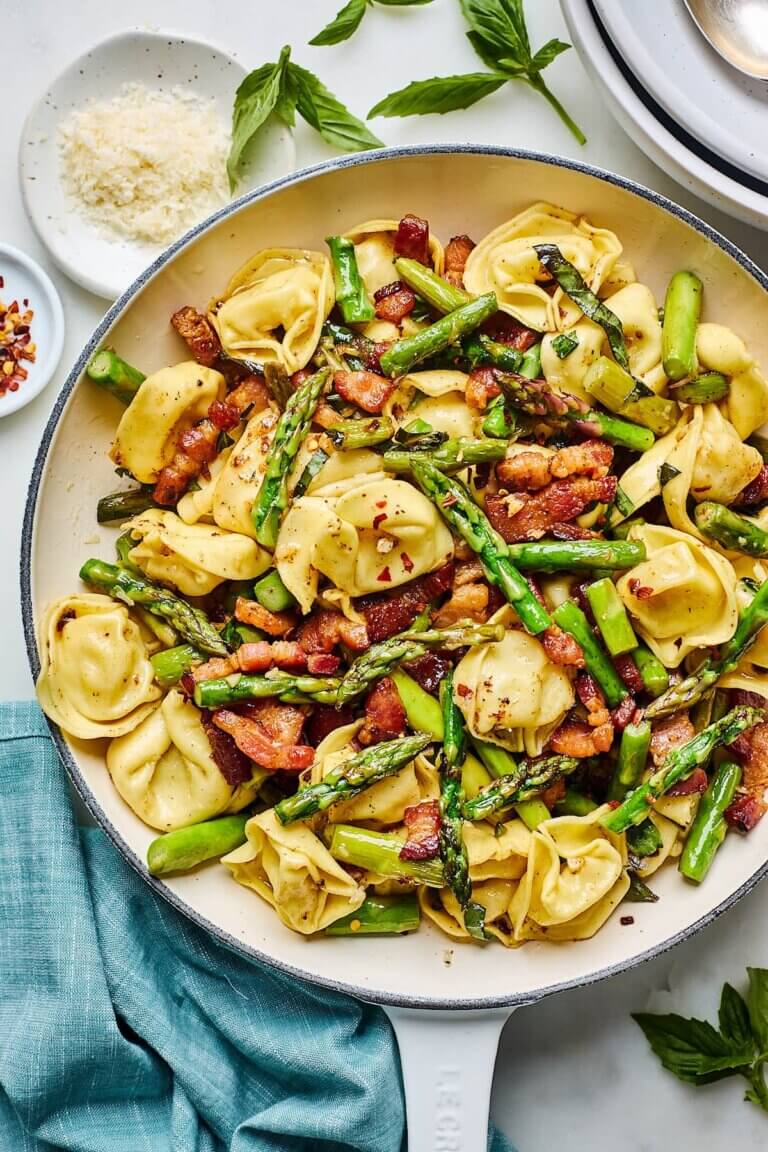Written by Andrew Akhaphong, MS, RD, LD, Mackenthun’s Fine Foods Registered Dietitian
Updated September 2, 2024
According to a market analysis by Statista, it is predicted that the butter industry will earn approximately $49.91 billion by the end of 2024 and projected to grow 5.94% annually until 2029.(1) In recent years grocery stores have seen an increase in diverse options of butter (and margarine).
Traits that are influencing the demand for diversity in the butter market include -(2)
- Health
- Organic
- Sustainability
- Artisanal and specialty trends
- Popularity due to social media and influencers
- Natural and minimally processed
Today many guidelines or lifestyle recommendations state to reduce, limit, or omit dairy (and butter) products. Have the views of butter changed?
Butter Was Not for the Heart (and Body) Before
In 2015 the United States Food and Drug Administration (FDA) ruled that partially hydrogenated oils, the main source of artificial trans fat in our food supply, is to be removed on the “Generally Recognized as Safe” (GRAS) list.
- To learn more about GRAS, visit https://www.fda.gov/food/food-ingredients-packaging/generally-recognized-safe-gras
By 2018 the FDA required all food manufacturers to cease using partially hydrogenated fats as an ingredient; however, there were exceptions to using as an ingredient for flavor or greasing baking pans. A final requirement is that the Nutrition Facts Panel must list trans fat as a category and companies can market their product as containing 0-grams of trans fat if they contain 0.5-grams or less of trans fat per serving.
In the past, butter was not health’s best friend due to partially hydrogenated oils. Partially hydrogenated oil is a semi-solid shortening which is produced by adding hydrogen molecules to vegetable oils. This process, called hydrogenation, reduces healthy polyunsaturated fatty acids and increases the risk for heart disease and increasing trans fat content. Additionally, partially hydrogenated oil increases saturated fat. The purpose of using partially hydrogenated oils is to increase shelf life and stabilize flavors of food.
With the removal of partially hydrogenated oils, butter, and other products that originally contained partially hydrogenated oils, can now fit in any dietary or lifestyle pattern.
Do note that you may find hydrogenated oils in the ingredients list. They may also be labeled as fully hydrogenated oils or interesterified oils. These are trans-fat free, but contribute to significantly higher saturated fat content.
Nutritional Benefits of Butter
Butter is a rich source of conjugated linoleic acid, a type of omega-6 fatty acid. A meta-analysis of 18 studies agreed that an average intake of 3.2-grams of conjugated linoleic acid produced an average of a 1-pound weight loss a week; the review did not state how long or when this took effect.(3). A tablespoon of butter contains approximately 3.5 to 6.0-milligrams of fat, but when grass-fed it can have as high as 110-milligrams of fat! Unfortunately one will need to consume 3200-milligrams per day for the weight loss benefit.That is 533-tablespoons of butter each day!
Additional sources of conjugated linoleic acid include grass-fed beef, sunflower seeds, and cheese.
A tablespoon of butter provides approximately 14% of your daily Vitamin A needs. During pregnancy, Vitamin A promotes DNA to develop normal formation and function of the heart and lungs of the baby.
Though not significant, 1-tablespoon of butter provides a small amount of Vitamin B12. Vitamin B12 is necessary for the metabolism of fats and carbohydrates to support weight loss.
Brown Butter Bacon Tortellini
By Maria Lichty of Two Peas and Their Pod, April 18, 2022
What You Need
- 1 pound cheese tortellini (or ravioli)
- 6 tablespoons of butter, cut into tablespoon pieces
- 6 slices bacon, chopped
- ¾ pound asparagus, trimmed and cut into 1-½ inch pieces
- 1 shallot, minced
- 3 garlic cloves, minced
- Salt and ground black pepper to taste
- ½ cup shredded parmesan cheese
- ⅓ cup freshly chopped basil
- Optional garnish: crushed red pepper flakes and more parmesan cheese
What You Do
- Bring a large pot of water to a boil. Once boiling, add the tortellini and cook according to package instructions. Reserve about ¼ cup of the starchy cooking water, then drain the pasta and set it aside.
- In a large skillet, melt the butter over medium heat, stirring often, until it foams, smells nutty, and browns. This will take about 5 minutes. Scrape the browned butter into a small bowl and set aside.
- Add the chopped bacon to the skillet and cook for 2 minutes. Add the asparagus pieces and shallot; cook for about 4 minutes, stirring occasionally. You want the bacon to be golden brown and crispy and the asparagus to be crisp, but tender. Add the garlic and cook for 1 minute. Season with salt and pepper, to taste.
- Add the cooked tortellini to the skillet. Pour in the browned butter and stir until the pasta is well coated. Add a splash of the reserved pasta water. Stir in the Parmesan cheese and basil. Add more salt and pepper, if desired.
- Serve warm and garnish crushed red pepper flakes and extra Parmesan cheese.

References
- Statista. Butter – worldwide. n.d. Accessed Spetember 2, 2024. Retrieved from https://www.statista.com/outlook/cmo/food/oils-fats/butter/worldwide
- Food and Beverage. Butter market trends in 2024. n.d. Accessed September 2, 2024. Retrieved from https://fhafnb.com/blog/butter-market/
- Whigham LD, Watras AC, Schoeller DA. Efficacy of conjugated linoleic acid for reducing fat mass: a meta-analysis in humans. Amer J Clin Nutr. 2007. 85(5):1203-1211. doi.org/10.1093/ajcn/85.5.1203


